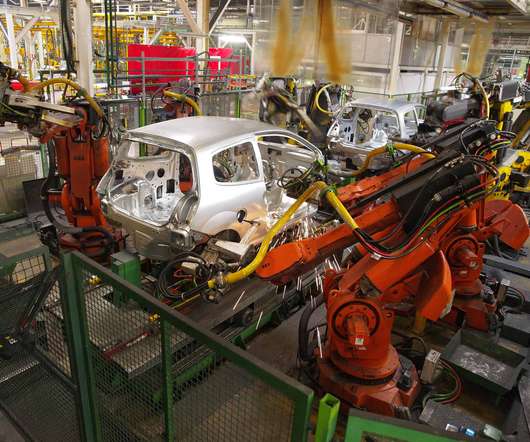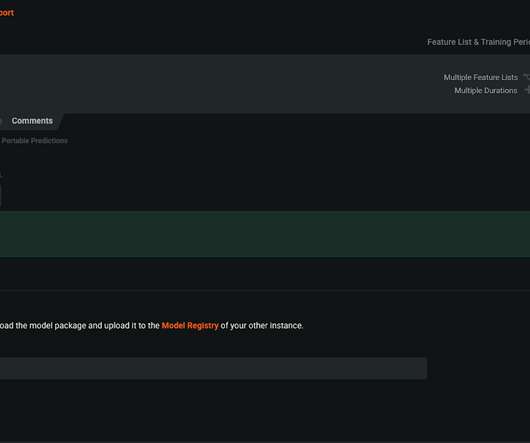Next Stop – Predicting on Data with Cloudera Machine Learning
Cloudera
APRIL 9, 2021
This is part 4 in this blog series. This blog series follows the manufacturing and operations data lifecycle stages of an electric car manufacturer – typically experienced in large, data-driven manufacturing companies. The second blog dealt with creating and managing Data Enrichment pipelines.


























Let's personalize your content